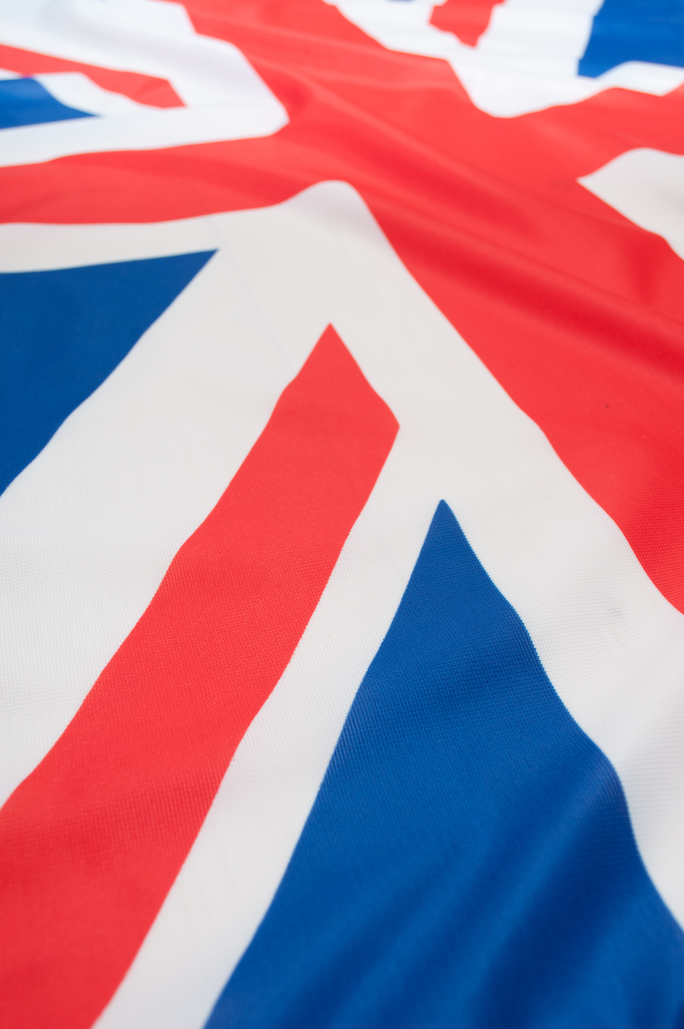For a Government apparently not playing by the usual rules of the media, the Prime Minister’s comment that what she is looking for is a ‘red, white and blue Brexit’ seemed to show that communications are actually important. But what sits behind the government’s approach to policy and what does it mean for public affairs? There have been numerous reports that only Mrs May and her very close, really two, advisers are making the decisions. Especially where it comes to Brexit, everyone else is busy gathering papers and evidence all of which is being sent to them. At some there will be a ‘eureka’ moment and the Brexit strategy will become clear.
But the normal day-to-day of government still has to take place otherwise there is a real danger that no-one will know what a May government is actually for. When Gordon Brown took over from Tony Blair, he conveyed the clear idea that he would adopt a more leftist agenda and put equality back at the heart of the Labour Party whilst keeping business on board. Of course, he was hobbled both by the financial crisis and his own personal crises of confidence.
We need to consider the approach adopted so far so we can work out how engagement should take place.
- Micro-management – combined with the reports of how No 10 is working, it seems that individual departments are seeing detailed consideration taking place of their responsibilities as well. So how much flexibility and self-reliance there is can be doubted.
- Maintaining the coalition – David Cameron had clear coalition to manage but May’s is much more difficult to define accurately. However, in efforts not to alienate anyone there is a danger of massively overselling comparatively small changes. Take, for instance, the way that Chris Grayling’s recent changes to Network Rail were positioned. The changes, whilst welcomed, by many were hardly the stuff of radical government. But to show that the Government means business, they had to talk it up. There also seemed to be a discrepancy between the way the ideas were first trailed in the media and the final package that was announced. Some could see the fingerprints of No 10 on why this was the case.
- Brexit – this Government has only one thing to do, deliver Brexit. However, the more it interferes in the work of other departments, the less time is has for Brexit. No 10 is, it could be suggested, engaged in the political equivalent of checking Twitter even when a report deadline is looming.
- Officials and advisers – if there is a lack of direction being given by the centre then officials and advisers will be at a loose end. That is never helpful and can lead to idle speculation, unofficial blue skies thinking (which often leaks) or, worse still, unattributable comments to the media.
- The next Queen’s Speech? There is no sign of a wider policy agenda or, aside from grammar schools and some possible reform of company law (albeit watered down), any idea of what could feature in the Queen’s Speech come spring 2017… just after Brexit is triggered. In effect, everyone keeps referring back to May’s speech to conference and the one given to launch her leadership bid for ideas about what her agenda is. Slim pickings after around five months in office.
So what does this tell us about engagement?
With all roads apparently leading back to No 10, any engagement with other departments needs to consider this. Even, if you can get an idea of policy through that department and its Ministers, it will likely have to pass the test of No 10 as well.
So there needs to be a realism about what individual departments are able to do. That also means being realistic about how radical ideas can be, especially before Brexit negotiations have started to get going.
But with officials seemingly at a loose end, outside of Brexit, now might be the time to help work up new ideas.
We all need to be aware of the increased likelihood of Ministerial tinkering as well. It is also likely that organisation and individual reputations will become more important in this period. Ministers need profile so may choose to comment on the activity or firms and individuals, and promise action to demonstrate their power.
Vigilance will be the watch word of engagement.

